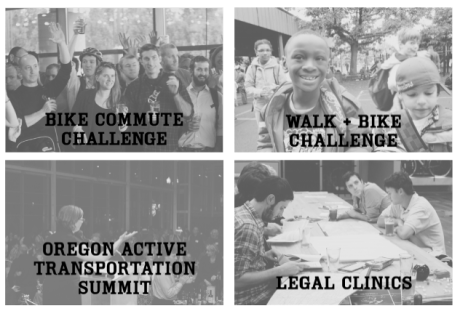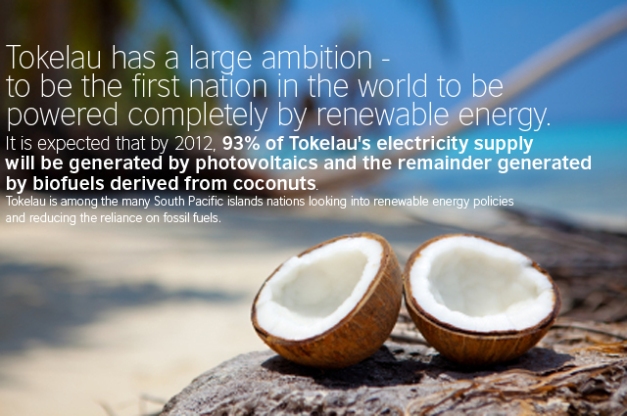Here it is, a list of the best ways to reduce your carbon footprint according to National Geographic and the folks @GreenHaloUSA

How to Reduce Your Carbon Footprint
1. Make your home energy efficient.
Your home can be responsible for creating twice as many greenhouse gas emissions as your car. Since half of the energy used in your home helps to heat and cool it, making your home as energy efficient as possible will take big chunks out of your carbon footprint. Steps you can take include: Getting a home energy audit; installing energy efficient windows; insulating your attic and walls; installing a programmable thermostat; turning your thermostat down 2 degrees in winter and up 2 degrees in summer.
2. Drive less.
Combine your trips in the car, so you don’t have to go out multiple times to the same location. When possible, use public transit, walk or bike to your destination.
3. Buy the highest gas mileage car for your needs.
Cars contribute 20 percent of U.S. greenhouse gas emissions from fossil fuels; the better your gas mileage, the less gas you burn and the fewer emissions you create.
4. Buy energy efficient appliances.
When replacing appliances, buy Energy Star qualified appliances (these use 10-50% less energy than standard appliances and can save you $80 or more per year).
5. Recycle.
Creating products from recycled materials uses up to 98 percent less energy than producing things from new materials.
6. Replace your light bulbs.
Switching to energy efficient compact fluorescent bulbs will save you $30 over the life of the bulb, because these they use about 75 percent less electricity than traditional incandescent bulbs.
7. Buy local food.
Each ingredient in a U.S. meal has traveled an average of 1,500 miles. If we all ate one meal per week of local, organic food, we’d save 1.1 million barrels of oil per week.
8. Eat less red meat.
Beef takes a lot of energy and resources to produce. Replace red meat with fish, chicken and eggs and cut your food carbon footprint by 29 percent. Go vegetarian to cut it by 50 percent.
9. Lower your water heater temperature from 140 degrees F to 120 degrees F.
10. Buy carbon offsets for the rest and make yourself “carbon neutral.”

( Source: http://channel.nationalgeographic.com/channel/human-footprint/trash-talk2.html )
Another great Green article from Green Halo
Track your recycling at www.greenhalosystems.com
Follow Green Halo on Twitter at http://twitter.com/greenhalousa







